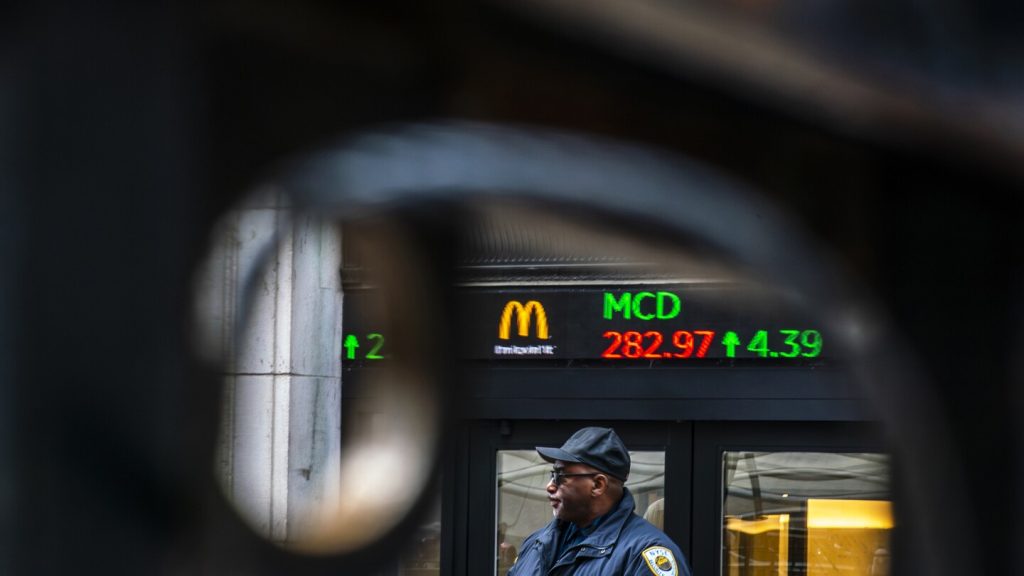In Asian markets on Monday, shares were trading mixed as investors awaited further clues about a potential interest rate cut by the Federal Reserve. Japan’s Nikkei 225 dropped 0.7% while Hong Kong’s Hang Seng and China’s Shanghai Composite posted gains. The Chinese yuan fell to a four-month low against the U.S. dollar. Australia’s S&P/ASX 200 rose, but South Korea’s Kospi fell. The surge in the U.S. dollar against the Japanese yen has sparked speculation about possible market intervention, with the dollar trading at 151.13 yen on Monday.
Last week, the Bank of Japan raised its key interest rate for the first time in 17 years, bringing it just above zero from negative rates. Despite this, borrowing rates in Japan remain lower than those in the U.S. and many other countries. Analysts have noted that the BOJ’s decision did not boost demand for the Japanese yen as expected. The dollar’s trajectory has become more complex following the rate hike, with uncertainty in the market regarding its future movements.
In U.S. markets, the S&P 500 slipped slightly from an all-time high, closing at 5,234.18, while the Dow Jones Industrial Average fell and the Nasdaq composite rose, setting a new record. U.S. Treasury yields fell, with the 10-year Treasury yield dropping to 4.21%. The Federal Reserve has hinted at possible interest rate cuts this year, with expectations of three cuts as long as inflation remains low. The Fed’s main interest rate is currently at its highest level since 2001.
In energy trading, benchmark U.S. crude added 52 cents to $81.15 a barrel, while Brent crude, the international standard, rose to $85.35 a barrel. The rise in oil prices could impact global markets and economic indicators. The ongoing volatility in financial markets, coupled with geopolitical tensions and economic uncertainties, create a challenging environment for investors and policymakers. Investors are closely monitoring central banks and economic data for clues on future market movements and policy decisions.
The global economy continues to face challenges amid the ongoing COVID-19 pandemic and its aftermath. Central banks and governments around the world are implementing various measures to support growth and stability. The Federal Reserve’s approach to interest rates and inflation will be closely watched by investors and analysts in the coming months. The impact of rising oil prices, currency fluctuations, and geopolitical tensions on global markets underscores the interconnected nature of the modern financial system. Moving forward, market participants will need to navigate uncertainty and volatility while seeking opportunities for growth and resilience.


